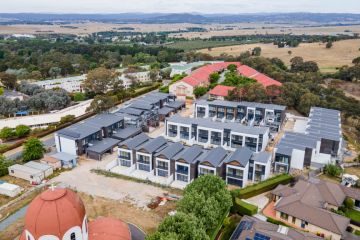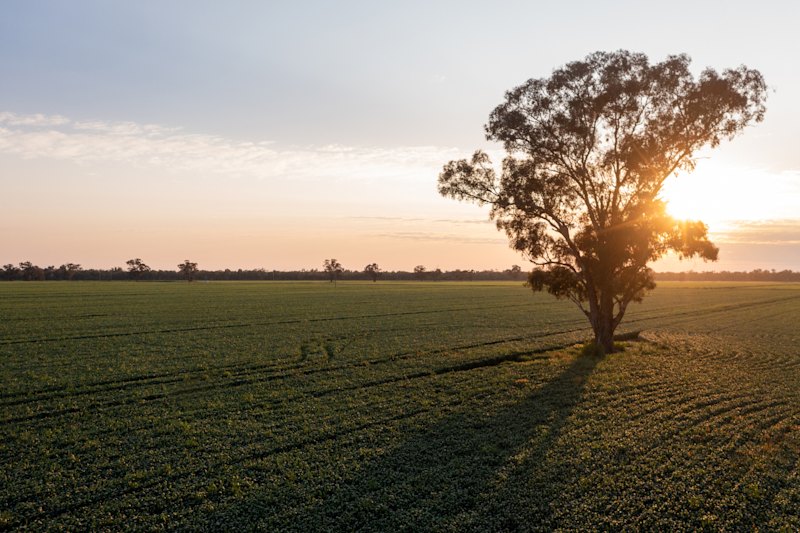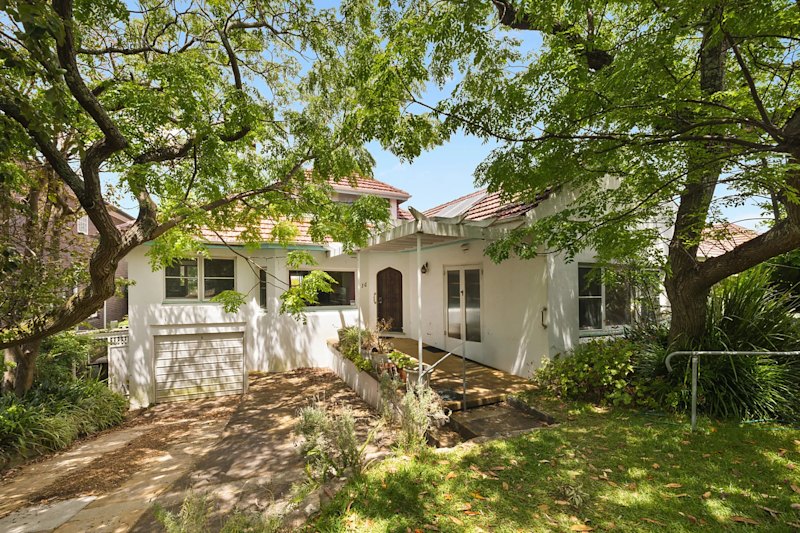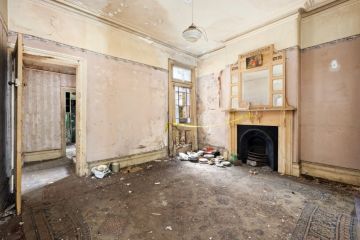Beyond a fad: modernism's never-abating appeal
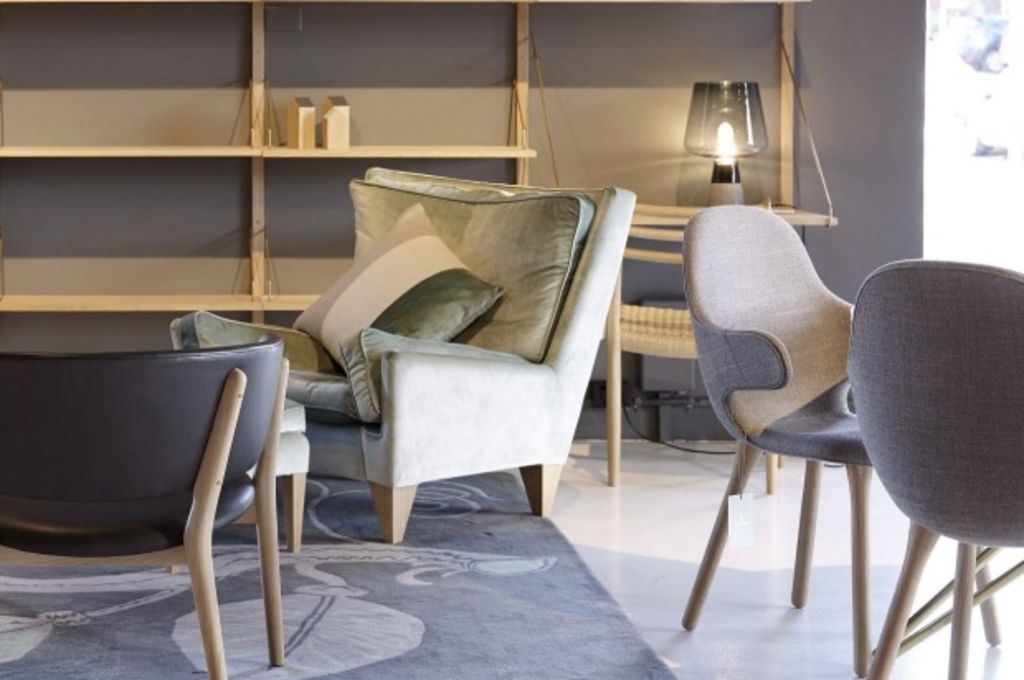
Having persisted for almost two decades, the market appeal of all things modernist shows no signs of abating.
The taste for the houses of the 1950s-60s and early 70s, with the big windows, indoor-outdoor orientations and open-plan layouts has continued so strongly it has gone beyond fad, revival or inter-generational nostalgia.
When they come on the open market, homes that were new when Gen Y’s grandparents started their families become honey pots to the legions of aficionados who, says Buxton Sandringham’s Rachael Luke, can come from any generation.”The appeal”, she says, “is not age specific”.
In the case of a splendidly-situated four bedroom, early ’70s brick home – with pool and sauna, and discretely sited behind Rickett’s Point, Beaumaris, (one of the suburban showcases of authentic Australian modernism), a $2 million or so asking price for 14 Point Avenue might be reached when the property is auctioned on February 27.
If not, says Ms Luke, an auction will sort out those seriously desirous of living in one of the last housing styles to warrant the label of an enduring classic exemplifying an almost perfect adaption for the Aussie lifestyle.
When McGrath Pymble agents put a 1960 four bedroom Harry Seidler house to the market in mid December last year, Alex Mintorn says it garnered 120 inspections and enough interest from “a handful of strong bidders” to sell before auction for $1.53 million.
Wahroonga is where Seilder’s style-referencing Rose Seidler House was built in the 1940s. Along with Castlecrag, and Castle Cove, there is still a good smattering of mid-century housing across the North Shore.
Even Canberra has its modernist enclaves and Aranda is one. Currently, in Gidabol St, a 1967 split-level house designed by architect Roger Pegrum is expected to fetch in “the high $800s into $900s” when it goes under the hammer on February 13, says Luton Properties’ Sophie Luton. “It’s a mid century, down to the native garden.”
Houses, gardens, furniture, fabric. Under such stimulus, the circle of mid-century lifestyle accoutrements has naturally widened to encompass the decor of modernism which works perfectly in the ideally lean 21st century apartment life situation.
About 15 years ago, Melbourne store Great Dane started marketing refurbished Scandinavian furniture gems. The uptake has been so keen that the brand now has two big stores in Fitzroy, Melbourne, and Redfern in Sydney, and has gone back to the source – Denmark – to track down small firms still making authentic furniture pieces.
The resulting items often have eye-watering price-tags. But then so do the use-scarred vintage modernist pieces retailing in the hipster furniture outlets.
Around Great Dane’s Fitzroy store is a growing collection of other Scandia-style merchants. In fact, in most of the upmarket furniture streets, blonde woods and clean Nordic lines are informing just about everything that isn’t pretending to be French Provincial.
One of the genuine mid-century labels having a brilliant new lease on life is 60 year old Finnish label Marimekko that late last year opened its fourth Australian store at Ringwood in Melbourne’s Eastland.
There are now three stores in Melbourne and one in Sydney’s CBD selling Marimekko’s fabrics, crockery, clothing and bags that are printed in bold and colourful patterns.
One of the legends of this perennial company that still sells cups and cloths printed in the instantly recognisable 1965 “poppy” or Unikko print, is that Jackie Kennedy bought some Marimekko print dresses in 1960.
So while everything else can seem so ephemeral and disposable, some things actually do have a tendency to stick it out and stay timelessly relevant.
We recommend
States
Capital Cities
Capital Cities - Rentals
Popular Areas
Allhomes
More
- © 2025, CoStar Group Inc.

